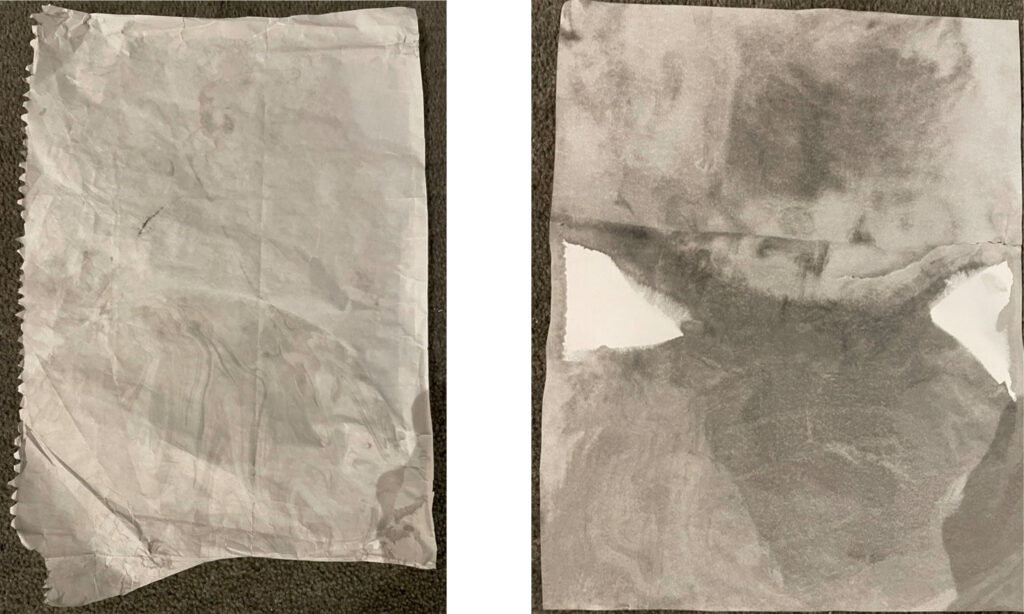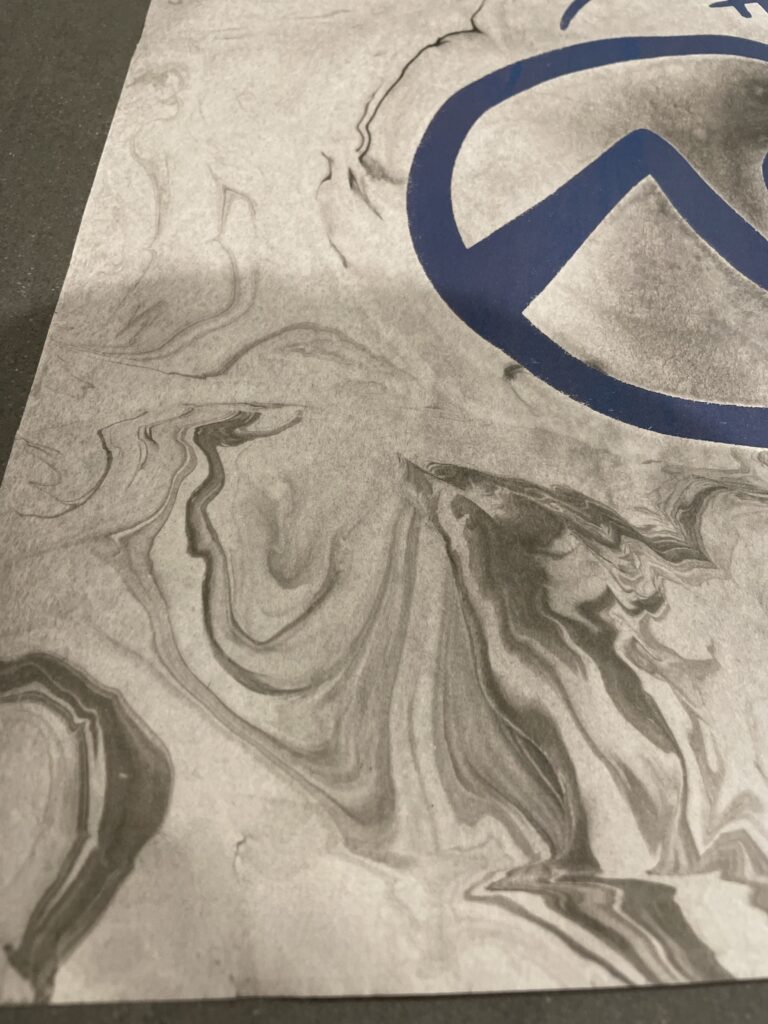Verbs
For this project. The artist I found interesting is that Jackson Pollock’s works depict the movement of his body, giving a lively impression on every aspect of the work. He uses his drip technique of recording color circulation codes according to force or speed, but it is elegant and lyrical. I wanted to resemble his work by showing a movement in the form of drip and splash art.

One: Number 31, 1950
2.7 M x 5.31 M
This art form prevents clear and distinct emphasis or identifiable parts of the canvas from being used to create works. The designs and images made using this style of painting actually had nothing to do with the size of the canvas. Not enough size or ignoring the size of the picture. They were unique features captured by this type of art. But I was very limited in materials and paint, and most of the time I used what I had because of the lockdown. I took some paper out of my a3 art book and started using it as the surface of my painting verbs.
First, the liquid I had was Indian ink. I started playing with ink. It uses falling, pouring, spraying, and spreading. This move was to raise my arm high and drop ink on paper.

Second, I decided to do more experiments. Use materials to help communicate with ink. I made a short video to make a form of spray art. It has almost the same effect as spray paint.

Another artist who resonated with similar techniques was Helen Frankenthaler, an American abstract expressionist painter. She is a painter who developed a unique dipping technique. This technique involved using thin paint to draw abstraction. Instead of using thick and opaque oil paint, Frankenthaler added paint thinner until the paint matched the watercolor. But my material’s arrived late. I had only one liquid, and I was thinking about what would happen if I added dishwashing liquid and mixed it with water to find out if it was consistent with the liquid.

Helen Frankenthaler (1928–2011) Untitled, 1982, Acrylic on canvas board, 5 x 7 in. Oklahoma City Museum of Art, Gift of Paulette and Kurt Olden, 1990.016
In this video, I show what happens when water, ink, and dishwashing liquid are added. I wanted to do an experiment. Can I get a similar soak-stain technique? And instead of pouring it into plain paper, it shows my process of making it upside down. Not only did there be no other surface, but instead of pouring, I took the plain paper and soaked it directly on the plate. I then used tracing paper. During the experiment, I found that the plain paper did not work well and did not get the results I wanted. At first, I thought this was because I put too much ink or too little ink. I just went back to my first way of adding three drops and a significant amount of dishwashing liquid. After leaving it for 40mins it was all dried up.


Flood,drip,mix,swipe,pull – Soak-stain experiment.
I had to use this paper because it was the only paper I could find. And I made a video showing the results and the drying process. It went better than I thought. I found a result technology called the marbling technique. It shows the flow of paint on the surface. Demonstrate verb words such as dipping, drip, and flooding results.


Great to see some recent posts here. That last image is so visceral – tactile and grungy. I expect that a lot of that is due to it still being wet? – is there any way to keep it like that? If not maybe its best as a digital work.